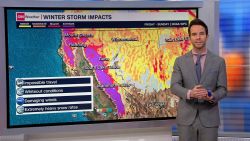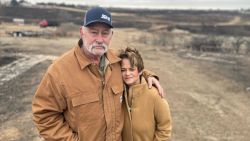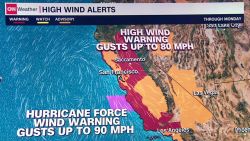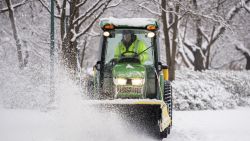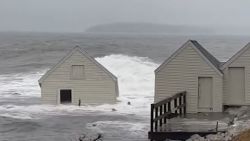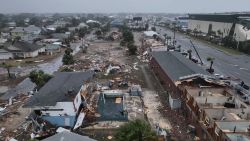The US averages over 1,150 tornadoes every year. That’s more than any other country. In fact, it’s more than Canada, Australia and all European countries combined.
Within the US, every state has had at least one tornado, and some have dozens each year.
The US is special in terms of producing so many tornadoes, especially violent ones.
In the US, the average number of tornado fatalities per year is 73. But in Europe, where the tornadoes are usually much weaker, the fatalities are estimated to be between 10 and 15 annually.
Some states are deadlier than others
Texas on average has 140 tornadoes every year – the most of any state. Kansas, Florida, Oklahoma, and Nebraska round out the top five.
But the total number of tornadoes does not always tell the whole story. For example, despite Alabama having on average 42 tornadoes per year – more than three times fewer than Texas – it is at the top of the list for tornado fatalities.
Alabama averages 14 tornado fatalities per year, almost double the next highest – Missouri with eight deaths per year.
The time of day and the topography where the tornado occurs makes a big difference in the fatality rate.
The topography in Alabama and other Southern states often includes rolling hills, plateaus, and many more trees than the Plains states like Kansas, Texas, and Nebraska, where a tornado often can be seen from miles away. The more likely a tornado can be seen often leads to the tornado being reported faster, allowing more time for people to be warned and seek shelter.
Southern states such as Tennessee, Kentucky and Arkansas also see more tornadoes overnight versus any other state. This can lead to higher fatalities, since many people are sleeping and unaware that a tornado is approaching.
“Tornadoes in the Southeast tend to be more dangerous than their Great Plains counterparts,” says Brandon Miller, CNN Meteorologist. “There are a number of reasons for this, some weather and some geographic. Southeastern tornadoes often travel faster, moved by a faster jet stream.”
All of these factors can lead to higher fatality rate in Southern states compared to the Plains. But all of these states have a few things in common: the ideal atmospheric conditions for tornadoes to form.
“The basic ingredients for severe thunderstorms that can make tornadoes are warm, moist air near the ground, relatively dry, cool air aloft (about 10,000 to 30,000 feet), and horizontal winds in the environment the storm forms in that increase as you go from the ground up and change direction with height, blowing from the equator near the ground and from the west aloft,” says Dr. Harold Brooks, senior scientist with the NOAA National Severe Storms Laboratory.
Low pressure systems in the US pull warm, moist air from the Gulf of Mexico and cool, dry air aloft from the Rocky Mountains or the High Desert in the southwest. The states that fall in between those two regions end up being in the ideal location for severe weather to ignite.
“No place else in the world has the large warm water on its equatorward side with a wide high range of mountains extending from north to south to the west of it,” Dr. Brooks said. “All the other tornado prone regions have at least one feature suboptimal.”
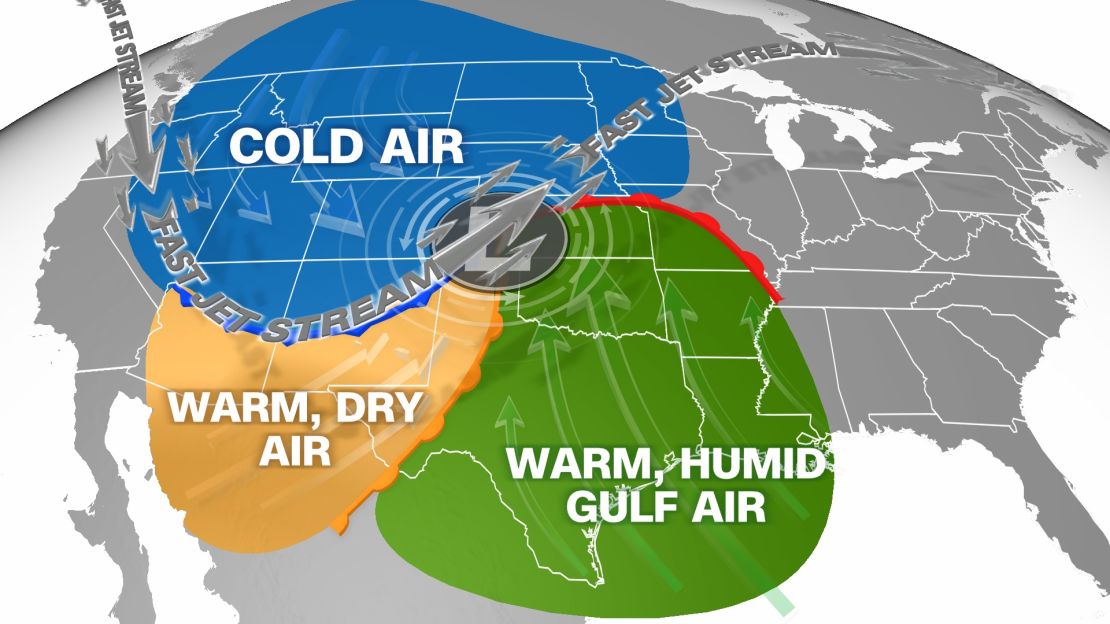
The US leads every other country for tornadoes
Other countries experience tornadoes, including Germany, Australia, South Africa, eastern China, Japan, Bangladesh, Argentina, and more.
Europe as a whole is comparable to the size of the US, but there is a vast difference in number of tornadoes and tornado fatalities.
From 2011 to 2020, the US averaged a preliminary total of 1,173 tornadoes per year, and Europe around 256. However, Dr. Pieter Groenemeijer, Director of the European Severe Storms Laboratory (ESSL), cautions that the European number may be on the low side.
“Weaker tornadoes are likely still under-reported in some countries, such as France and the UK,” Groenemeijer says.
European Russia (which is the part of the country west of 58 degrees East longitude), tops the list at 86 tornadoes annually. Germany comes in second with an average 28 tornadoes annually.
The peak density of tornado reports coincides with the high population density over Belgium, the Netherlands, and northern Germany, according to a study on severe storms in Europe published in December 2020.
The study also reports that thunderstorms are twice as frequent over the United States, with as many as four times more storm reports, compared to Europe.
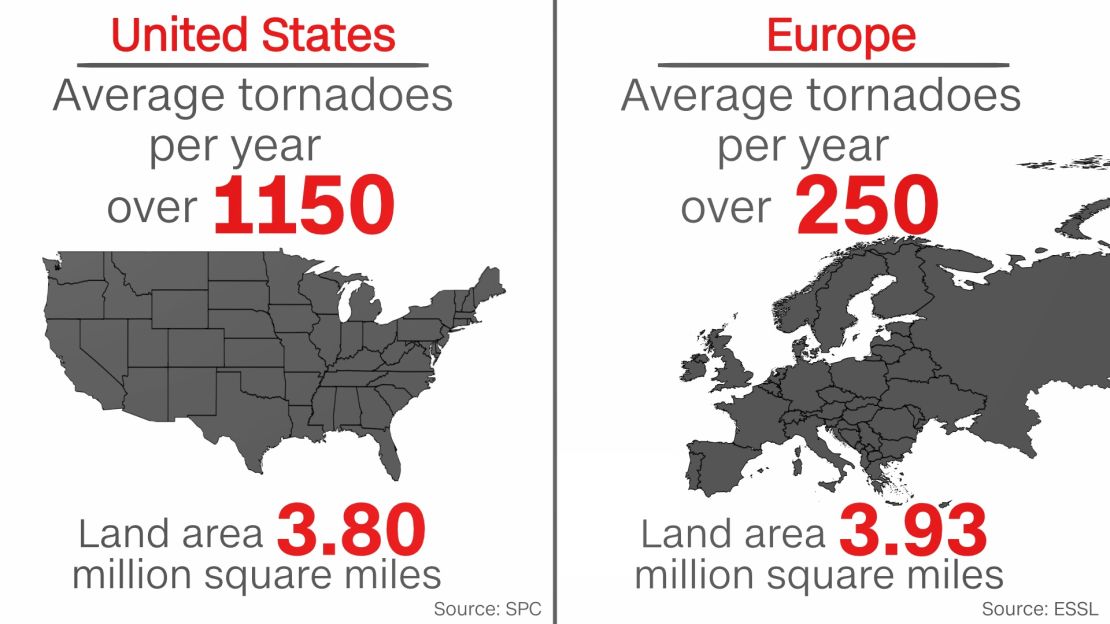
One thing most countries have in common is the time of day that tornadoes occur, which is most frequently during the afternoon and early evening. But the peak season is not the same. In the US, spring is the peak for tornado activity. For central and northern Europe the main tornado season is in summer, whereas it is autumn for the western and central Mediterranean region, and winter in the eastern Mediterranean.
Outside of the US, Canada actually ranks second on the list for most tornadoes, with an average of 100 per year.
Tornadoes are not limited to the Northern Hemisphere. Australia has dozens every year, and South Africa also reports annual occurrences. South America, much like other continents, has its own tornado hotspot, known as “pasillo de los tornados.” This tornado corridor includes Argentina, Uruguay, Paraguay, and a portion of Brazil.
According to the National Institute of Water and Atmospheric Research in New Zealand, tornadoes are relatively rare there. On average, around seven to 10 moderate to strong tornado events are reported in New Zealand every year.
Southern Hemisphere tornadoes typically rotate clockwise, which is the opposite of how tornadoes primarily spin in the Northern Hemisphere.


